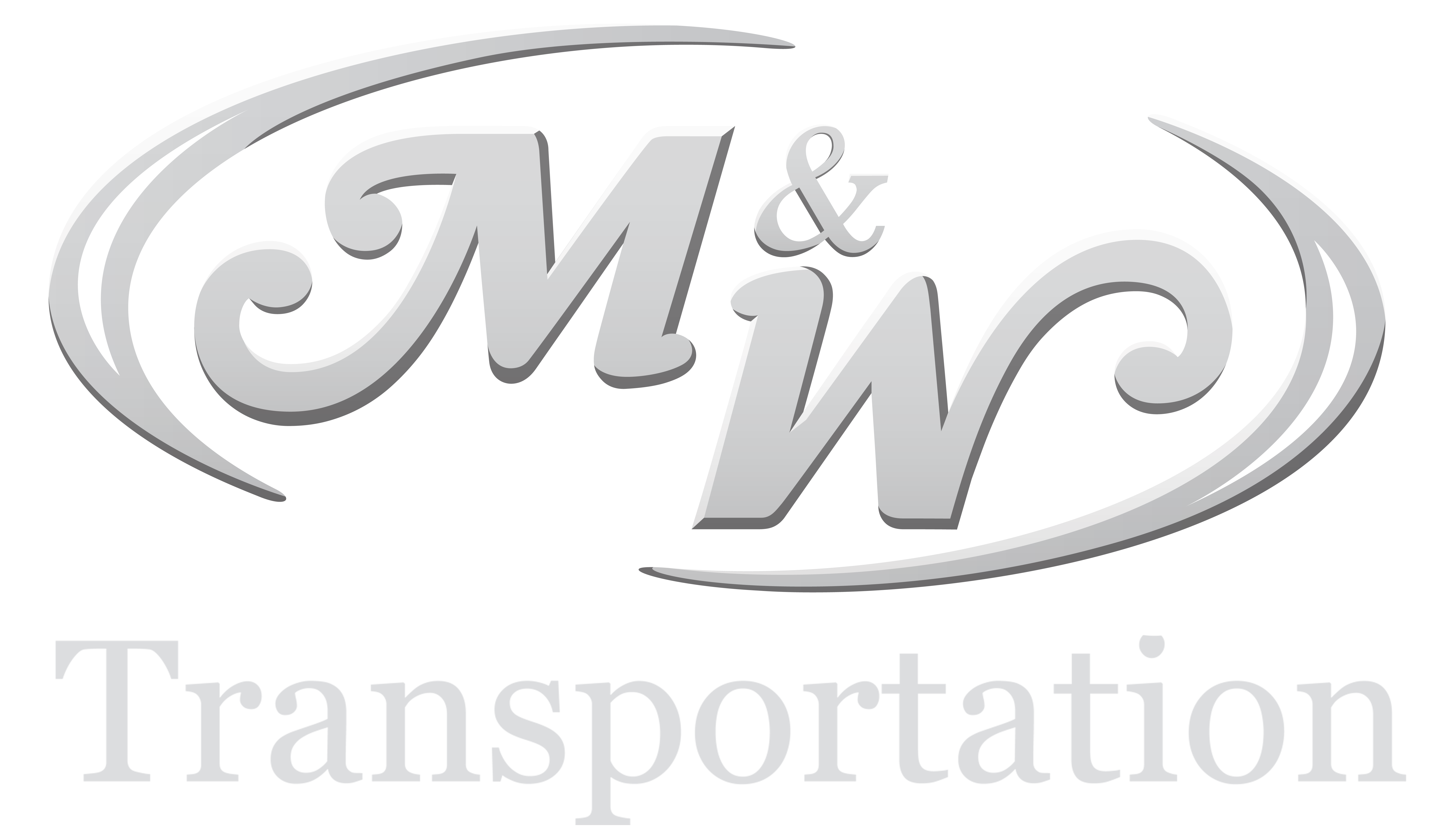
The global fleet market is continuously trying to increase profits and cut overall costs. Author and editor of Automotive Fleet Magazine, Mike Antich, analyzes fleet management at its most fundamental level and gives a thorough examination of mega fleet trends and the impact of these trends on truck driving companies and their employees.
Analysis of mega fleet trends on a global scale allow local markets to take into consideration changes that may eventually come knocking on their front doors. For example, changing environmental policies and regulations can fundamentally alter fuel costs and fees. These ongoing changes in market will ultimately affect truck driving jobs and various incentives that become available to interested truck drivers.
Antich identifies the following as, “examples of mega fleet trends that are universally experienced at every local level, which are, in reality, offshoots of much larger global trends.”
- Procurement Ascendency – To ensure trucking companies receive proper services from OEMs and suppliers, procurement’s involvement does not end with the order but remains involved to make sure fleets get what they paid for. This means that the companies don’t have to deal with discrepancies and upcoming decisions.
- Impact of Taxation, Legislative & Regulatory Issues – In the U.S. and various parts of the world, taxation and legislative regulations are rising and changing. Such events affect businesses, such as trucking companies, by increasing costs and pressures on administrative teams.
- Unpredictability of Fuel Price Volatility – Fuel prices can drop and rise at a drop of a hat. Keeping this in mind, truck drivers and their driving habits have direct influence on costs of fuel and can help alleviate these costs when made aware of these changing circumstances. In addition, when the cost of fuel is low, taxes on fuel can rise to offset deficits.
- Vehicle & Engine Downsizing and Extended Service Life – As fuel prices go up, downsizing may be a method that companies implement when attempting to cut costs. However, changes in technology and machinery are also viable methods to preserve costs without the need to downsize trucks and/or drivers.
- More Diverse Vehicle Selectors – Fleets markets are opting for a more diverse selection in vehicle makes and models to decrease cost as OEM’s compete for business.
- Globalization of Shared Services – Collaboration in shared services can help cut costs for various fleet carriers which benefits all.
- Fleet Data Consolidation – Data analysis gives truck driving businesses a concrete view of changes and trends to help them make better decisions. Consolidating this information and allocating it with fleet markets across the globe helps everyone implement efficient procedures.
- Company-Provided vs. Grey Car Fleet – More recent employees are opting for financial reimbursement rather than company-provided vehicles. This is in direct contrast to what most employees preferred 10-15 years ago.
- Sustainability/Green Fleet Initiatives – International sustainability measures are continuously being analyzed and implemented. Though these measures can be costly, developing targets and emission baselines continues to hold precedent for many trucking companies. In order to meet these targets and baselines, the trucking industry continues to find innovative alternatives and to embrace technology.
- Standardized Safety Programs and Training – Truck drivers remain the heart of the truck driving industry and much research goes into assessing driver safety. In order to preserve truck driver safety, companies will increasingly focus on standardized safety programs, technology, and invest in proper training.
The overall effects of mega trends on truck driving businesses and drivers should be cautiously examined. Truck drivers and truck driving management would do well to become familiar with ongoing practices seen today.
For more information on truck driving, call us at (615) 256-5755 to speak to a recruiter today!
